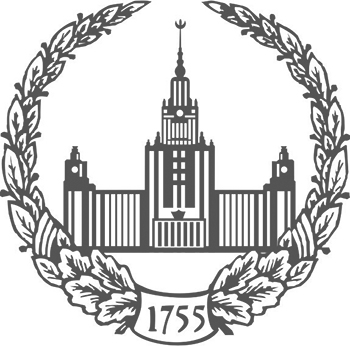Oleg Modestovich Golozubov
-
Experience in creating an information system for the rational use of soil resourcesMoscow University Bulletin. Series 17. Soil science. 2023. N 4. p.14-28Sergey A. Shoba Irina O. Alyabina Oleg M.Golozubov Peter Al. Chekmaryov Sergey V. Lukin Olga V. Chernova Varvara M. Kolesnikovaread more1166
-
Keywords: distributed information system; agricultural and soil data centers; Big Data analysis; digital economy ; digital agriculture; cartographic and attributive soil data
-
-
Mapping of cropland humus content of the Bryansk region using machine learning methodsMoscow University Bulletin. Series 17. Soil science. 2024. N 4. p.130-140read more613
-
The FAO methodology within the Global Soil Nutrient and Nutrient Budget Maps (GSNmap) project was tested for the first time for mapping humus content with a spatial resolution of 250 meters per pixel in soils of the Russian Federation at the regional scale, using the Bryansk Region as an example. The map was created in the R soft ware environment using data from Agrochemical Service and remote sensing, global databases and soil maps. The centroids of the sites from which the composite samples were taken by Agrochemical Service were selected as sampling points. The set of predictors available under the FAO project was expanded by additional data, including soil maps and maps of soil-forming rocks. The importance of the predictors was assessed using the Boruta algorithm, which is usually used as an initial stage for a random forest. The model was created using the caret package with the quantile regression forest method. The modeling efficiency coefficient (MEC) was 55%, the coefficient of determination (R2) was 0.57. The map reflects current information that can be used to monitor the dynamics of organic matter content in the soil and assess the state of the arable soils in the Bryansk region.Keywords: soil organic matter; digital soil mapping; random forest; cross-validation
-
-
Quantitative comparative analysis of cropland masks of the Bryansk regionMoscow University Bulletin. Series 17. Soil science. 2025. N 4. p.139-146read more146
-
A comparative quantitative analysis of croplands masks of the Bryansk region was conducted by an expert method using the archive of remote sensing data from Google Earth. The first mask, with a spatial resolution of 250 m per pixel, was exported as part of the FAO GSNmap project. This mask is a product of the Land Cover global map provided by the Copernicus Global Land Service and is based on PROBA-V satellite images. The second mask was obtained from the Land Use/Land Cover (LULC) global map which is derived from Sentinel-2 satellite data. The mask was exported at a spatial resolution of 250 m per pixel. The overall accuracy of the Agrochemical Service, FAO, and LULC masks was calculated based on the visual interpretation of 900 randomly selected land plots in the Bryansk region. The accuracy values were 88.11% for the FAO and 88.00% for the LULC mask, and the kappa indices were 0.68 for FAO, and 0.67 for LULC mask. A comparative analysis of the FAO and LULC masks revealed a similarity of 81% between them. The conducted research indicates a high level of reliability of the cropland masks of the Bryansk region, based on satellite data from PROBA-V and Sentinel-2.Keywords: DSM; remote sensing; satellite monitoring; LULC; Sentinel-2; PROBA-V
-



